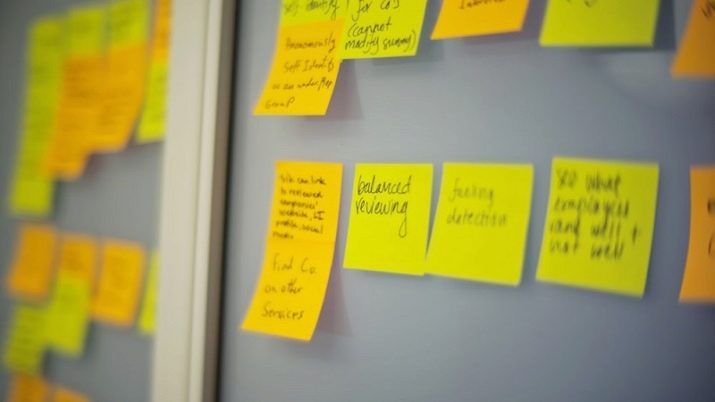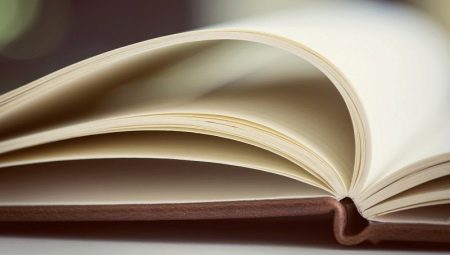In the life of every person, it may be necessary to remember some information. This may be the content of the educational literature, speech for a responsible event, a theatrical role, or something else. Do not do without memory training and when learning a foreign language.
However, this should not be scary. There are many effective techniques that make it easy to remember texts of any size. You just need to familiarize yourself with each of them and choose the option that suits you.
Basic Rules
Memorization of various texts can help not only in specific situations, but also in later life. This is an excellent memory training that develops intelligence, makes a person more smart, resourceful.
Specialists distinguish visual and auditory memory. Each type develops differently in different people. Some people find it easier to memorize a text when speaking it out loud. Others need information visualization. Therefore, it is worth trying out different methods of memorization and identifying which one is right for you. In some cases, a combination of different techniques works best. This option is also welcome. The main thing is to understand what the text is about, to identify the main idea and theses.
But thoughtless memorization of the material is usually ineffective. Even if you can memorize a text without realizing its meaning, at any time you can stumble, be distracted by something. After that, it will be difficult to continue the presentation of the material from the place where you left off.
In addition, in most people, the ability to memorize is well developed only in childhood, and then gradually worsens.

Quick Memorization Methods
Consider effective ways to quickly and permanently remember information in more detail.
We write what we learn
The first method is writing. Here, visual memory is involved (since you see words that appear on paper) and muscle (movements of the hand writing down phrases are also delayed in the mind).
First, you should slowly and carefully read all the information and highlight key points. Can be read aloud. Then you need to take a sheet of paper and rewrite the text by hand. Do it without haste. It is important to understand the essence of each sentence you write.
When all the material is on paper, retell what you remember. Peeping the leaflet is not worth it. The maximum can be done 1-2 times. Then again take a blank sheet and write down on it what you could remember. Reread what you wrote and retell again. The procedure can be repeated several times.

Graphic
Learning this technique is easy. First you need read the text and highlight the main thoughts. Then each important point should be depicted graphically. Do it as you wish. It can be a realistic drawing, drawing, character set or abstract image.
The quality of the picture does not matter. The main thing is to make it clear to you what is depicted on paper and what each graphic element is associated with. At the same time, it is better not to make inscriptions. Try to express everything in images.
If there are several images, their sequence should correspond to the course of the main thought of the text. You can try to combine all the drawings into one, creating a general graphic description of the article. Such an associative image will remain in memory for a long time.
You can not immediately start drawing, but first read the entire text in full. If this is not a book, but sheets printed on a printer or information in electronic form, it is advisable to highlight key thoughts in bright colors.
On separate sheets, you can also take notes by placing them in the margins. Perhaps this will help you create a visualization of what you read.

Division into parts
If the volume of the material is large, it can be divided into several parts. Each passage needs to be taught separately, choosing any of the techniques described above. You can simply read it out loud and repeat if this method is more convenient for you. It is permissible to divide into parts and medium-sized texts. In this case, having given one passage, for example, a minute, you can learn the entire amount of information in 5 minutes.
Constant reminder
If you need to memorize the text, you can use an interesting reminder technique. You can use this method if you have enough time to memorize the material. You will need to devote this very little time throughout the day, doing your usual household chores, but the result will pleasantly surprise you.
In this case, the text is also divided into parts. Each passage is handwritten or imprinted on a piece of paper. Then these notes are hung around the house. Try to place leaflets in the places where you are or that you see most often: in the bathroom, on the refrigerator, on the mirror, above the kitchen sink. So you will return thoughts to the studied text while brushing your teeth, washing dishes and other things. In this case, the information will be firmly entrenched in the mind.
You can not rewrite the entire text, and designate key phrases on paper. Looking at the leaflet, you will recall the entire passage that refers to the selected sentence.

How to remember a text in a foreign language?
The most difficult is memorizing foreign texts. A special approach is needed here. For instance, You can read what you need to learn aloud, recording everything on a voice recorder. Then during the day you can listen to the recording on the audio player. This can be done not only at home, but also on the street, in public transport, public institutions.
Of course, just listening to the material is not enough. You should ponder it, mentally repeat it, periodically clicking on the pause. It is advisable to translate the text in advance in order to understand the meaning of all the sentences, and not to memorize incomprehensible words to you. This method can also be used to memorize material in the native language.

Recommendations
In conclusion, it’s worth giving some valuable recommendations to everyone, who wants to make the process of memorizing texts quick and productive.
- Experienced experts determined the best time to remember new information.. According to scientific data, it is 3-4 hours before bedtime and 3-4 hours after morning rise. Although, of course, learning at other times of the day is also possible.
- Create a relaxed atmosphere for learning and remembering material. It is desirable that the room was quiet. Turn off the TV, radio. Do not be distracted by the Internet, correspondence in social networks. External irritants should not interfere with the process. An exception can be made to those people who, on the contrary, focus better on quiet background music. Of course, these should be melodies without words.
- Be sure to take breaks. Learning from morning till night is impossible. You only create excessive tension for your body, and the information will be confused in your mind. Do not forget to eat, breathe fresh air, warm up, do exercises. After short breaks, you can return to work with renewed vigor. In this case, the process will be much more efficient.
- Full sleep - Another important condition for a good assimilation of information. It is better to go to bed in the evening, and continue to learn in the morning, than to sit all night, absorbing liters of coffee. Rest not only allows you to maintain good health, but also gives the brain the opportunity to streamline the information received and prepare to receive new information.
- If the article has a brief summary and plan, do not ignore them. It will take a couple of minutes to study this information, but it will immediately give an idea of the main points, the general idea of what was written.
- If literal memorization is optional, you can concentrate on the middle part of the material. Usually at the beginning and end of the text there is little concrete and important data. As a rule, these are just introductory words and logical conclusions.
- If you are one of those people who are better at hearing information, read without expression. It is important to clearly pronounce the words. In this case, muscle memory (lip movement) is connected. As for intonation, it will only distract you from the meaning.
- If possible, start learning the material not at the last moment, but in advance. It is better to finish the process a couple of days before the speech (exam, report). So you can divide the information into several parts so that each day there is an optimal number of pages, and on the eve of a crucial event, you can pay special attention to repeating the most difficult sections and restoring the general structure of the article in memory.
- If you will be speaking in public, train to tell information in front of a mirror. Imagine that you are already in front of the audience, connect facial expressions, gestures. This will help reduce excitement and tension during the performance. You will no longer be distracted by how to present yourself to the audience and concentrate completely on the text.












